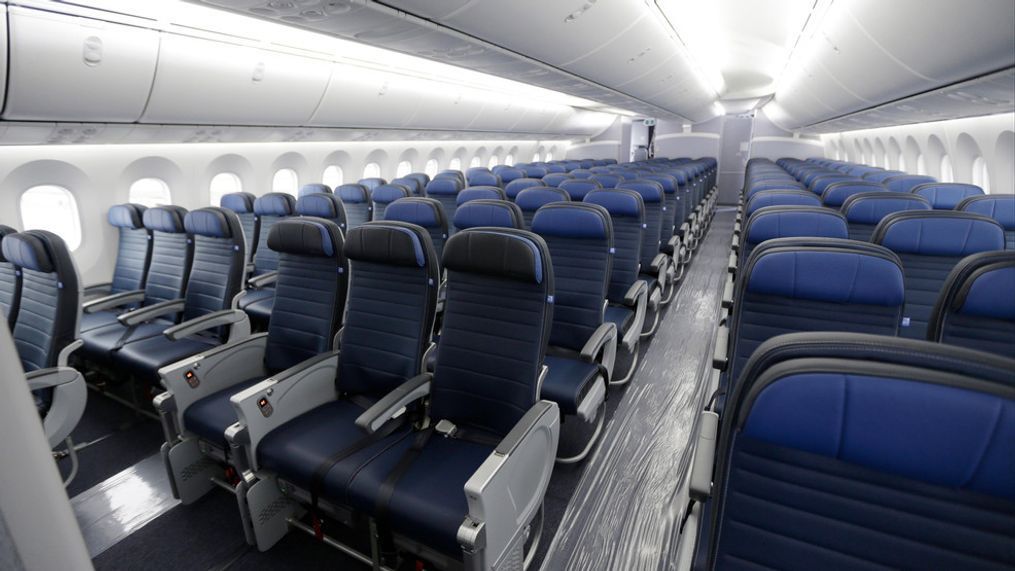Airplane etiquette: Giving up your seat, call button, avoiding annoying passengers & more
SAN ANTONIO (WOAI) — There has been a lot of talk lately about giving up your seat on an airplane, or even leaning back in your seat. What is right? What is wrong? Etiquette expert Diane Gottsman is here to help.
When taking a flight or rubbing elbows with fellow passengers, some might think everyone on the plane has a basic understanding of airplane travel etiquette. Unfortunately, people’s travel behavior is sometimes short of polite, or they have no idea they are offending others.
WOAI News asked etiquette expert Diane Gottsman about how to avoid being an irritating passenger.
Question: "What are appropriate reasons to use the call button on an airplane, and how many times should a passenger ring the call button before they become a nuisance?"
Gottsman: "The call button is useful to ask a flight attendant to come to your seat if you need assistance. However, it is also somewhat controversial among flight attendants who have a job to do, and would prefer not to be called to your seat multiple times to adjust your overhead light or to bring you another bag of nuts or cookies.
"If you would like to order a cocktail or have a good reason for the call, feel free to push that little button but try not to overuse it. Flight attendants pass through the cabin routinely, and it would be best to ask when the plane is going to land or what the temperature is at your destination when they do so. They may not know the latter, but they will be able to assist you with the first question."
Question: "Is it rude to place your bag closer to the front when seated in the back row?"
Answer: "Yes and maybe no. Sometimes placing your bag in a different bin, in a different row, is a necessity and can’t be helped because it’s a full flight and as people board, the bins get used. When you have an option, the polite thing to do would be to place your bag close to your seat so other people don’t have to struggle to find a place for their bag."
Question: "I get so annoyed when I see someone unfasten their seat belt after the captain has turned on the “fasten your seat belt” sign. Should I say something if the person is sitting close by, or just let that person take their chances?"
Gottsman: "You are taking a chance by correcting another passenger, I assume a grown adult, who has intentionally unfastened their seat belt. We all know that turbulence can be extremely dangerous and may even lead to death, but if the passenger will not take the advice of the captain or the flight attendant, it would be a risk for you to attempt to get involved. If you can’t control yourself, say something at your own risk, but don’t expect a cheerful response!"
Question: "Is it illegal to bring liquor on an airplane?"
Gottsman: "No. According to the Federal Aviation Administration, you can pack an unopened, 5 L bottle per passenger in your suitcase. On the plane, you can bring mini bottles (up to 3.4 ounces), but not more than can fit comfortably in a small zip lock (quart size) bag. They must remain unopened."
Question: "How is the best way to ask someone to switch seats with me if my husband and I are separated by several rows?"
Gottsman: "You can certainly ask in a friendly tone of voice if they would “consider” switching seats, but also take into consideration the seat row, the legroom the other person is giving up and the seat location (window, middle, aisle) before you decide to ask for the favor. If they say no, be courteous and respond, 'Thank you. I completely understand.'"



